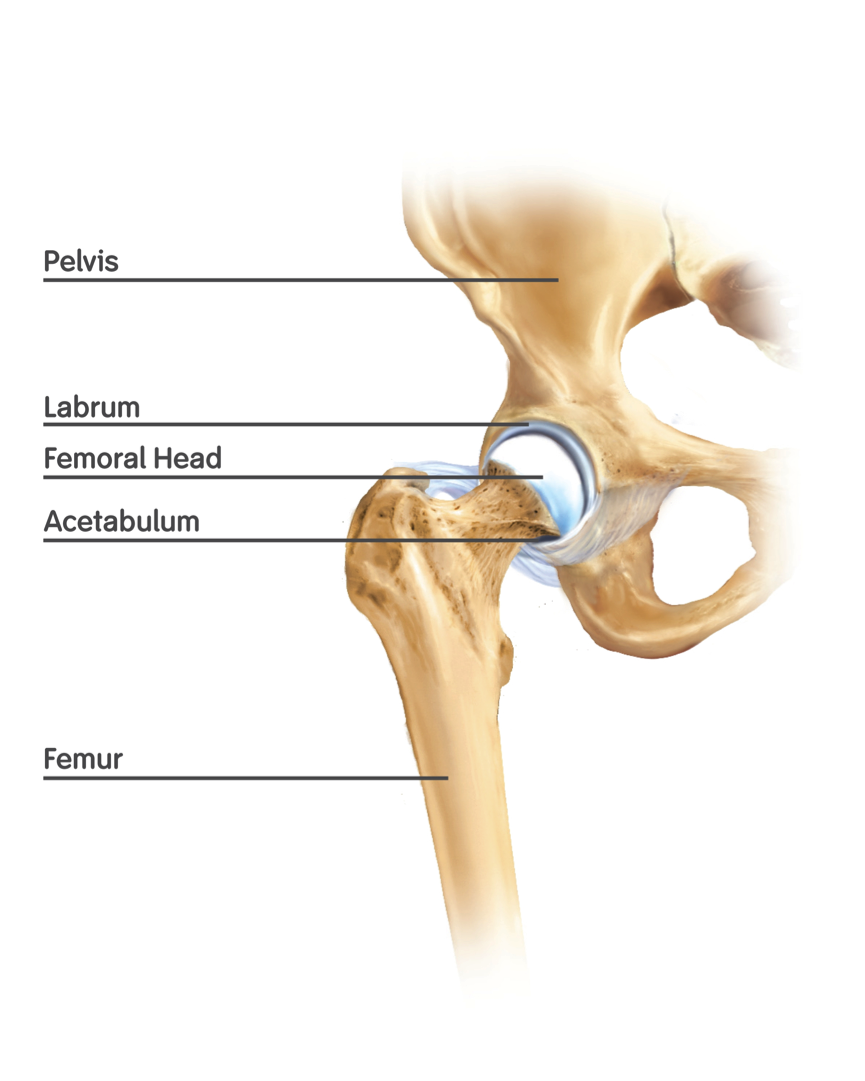There are many considerations that go into choosing the best implants for each patient. For most patients I prefer to use the Zimmer Alloclassic Zweymuller stem for the femoral prosthesis. The Alloclassic is a simple, flat-sided, grit-blasted, titanium design that has been around for over 30 years. It has unparalleled results with many studies reporting over 99% survival rate. See product
brochure for more information. In addition to having a very high success rate, the Alloclassic is easy to implant and versatile enough to be used in different bone types and anatomic variations. It is implanted using a pneumatic broaching tool called the affectionately known as the "Woodpecker."
Here is a picture of the Alloclassic stem from the Zimmer website:
For the cup I usually use the Zimmer Trabecular Metal (TM) Shell with Longevity Cross-Linked Polyethylene liners. The TM cup grips the bone with an amazing bond and is immediately stable without requiring screw fixation. The Longevity liners have excellent wear characteristics. Here is a picture of the TM cup from the Zimmer website:
For selection of femoral heads, the new generation ceramic designs are far superior to the older metal heads. I use the Biolox Delta Ceramic femoral heads, usually in the 36 mm size. They are tough, smooth, inert, and unlikely to dislocate. Another picture from the Zimmer Website:
These components work very well for my patients and I use them in most cases. There are exceptions. Revision cases often require the use of a fully porous coated stem or modular stems for more complex cases.





.JPG)